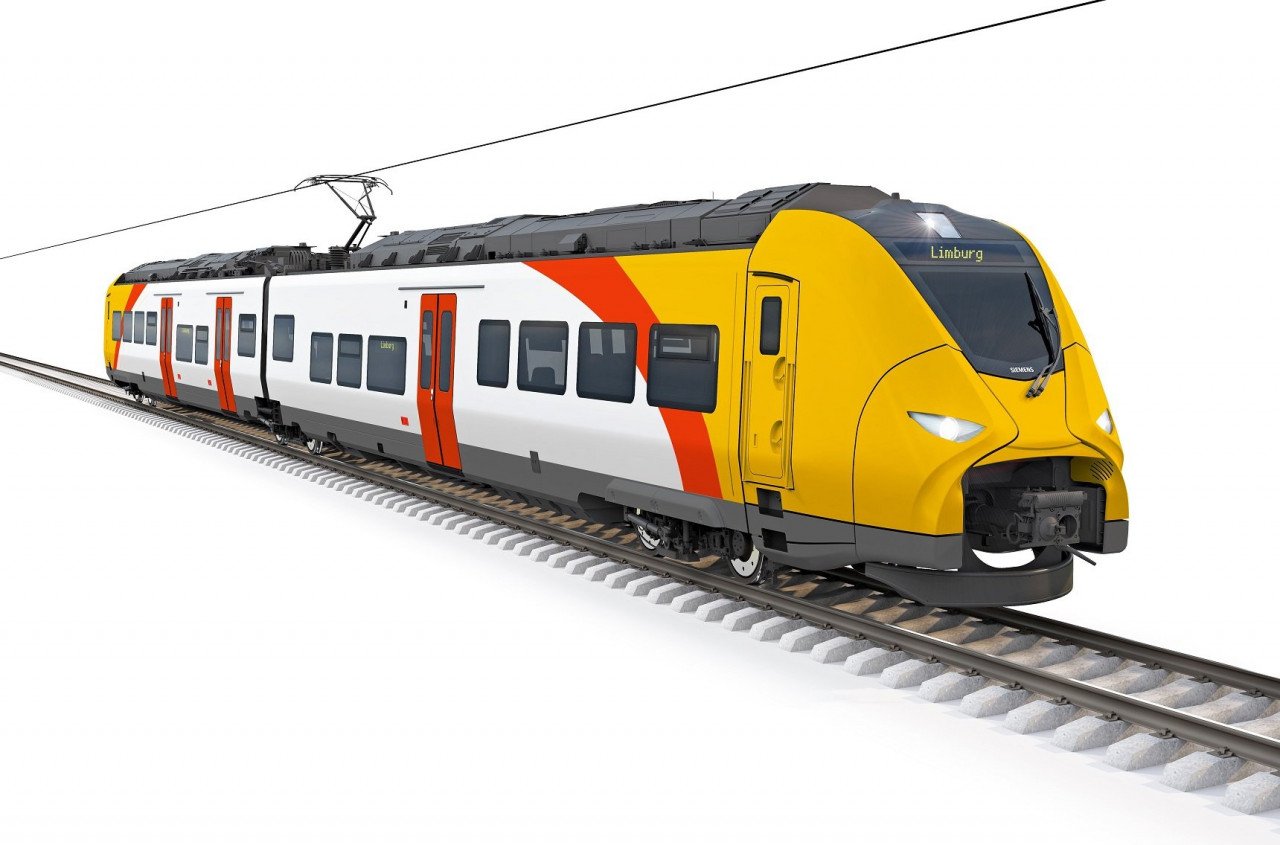Hessian State Railway Hessische Landesbahn has opted for three two-car 'Mireo Plus B' battery trains from Siemens Mobility for their Upper and Lower Westerwald railway pilot project in Germany.
The routes with demanding gradients and long non-electrified sections require high-performance battery trains, which also achieve substantial CO2 savings and reduced noise and emissions in the region when they replace diesel trains, according to Siemens Mobility.
For this project, the mobility solutions firm is building three two-car 'Mireo Plus B' battery trains, which are equipped with pantographs for operating under catenaries and charging batteries, and with batteries for operating on non-electrified routes.
When operating in battery mode, the range of the trains on topographically challenging routes is around 80 kilometers without recharging. Silicon carbide technology used in the Mireo Plus B contributes to significant energy savings, claims the company.
Elmar Zeiler, Head of Regional Trains, Siemens Mobility, said, "We are delighted to have this opportunity to demonstrate in the Westerwald pilot project that alternative drives offer a really good and green alternative for passenger transport even on topographically challenging routes and long non-electrified route sections. The Mireo Plus B from Siemens Mobility is climate-friendly, powerful and quiet, and delivers significant CO2 savings since it replaces diesel with battery power."
"We would like to thank those responsible in the state of Rhineland-Palatinate and here in the region for enabling us to contribute to this demanding and exciting pilot project. We are convinced that this environmentally friendly, innovative technology is especially suitable for use in difficult, longer uphill stretches in the low mountains, and are really pleased to have this opportunity to deliver proof of this capability in everyday operations", stated Veit Salzmann, CEO Hessische Landesbahn.
The new battery trains will operate on the Oberwesterwaldbahn (OWB) from Limburg to Altenkirchen – Au – Siegen, and on the Unterwesterwaldbahn (UWB) between Limburg – Montabaur – Siershahn. The OWB route is 115 kilometers long and includes a 75-kilometer stretch without overhead power lines.
RELATED: Cummins fuel cell tech powers new zero-emissions rail fleet in Germany
According to the operator, the train's batteries will be charged in Limburg and on the Au – Siegen stretch. The non-electrified section on the UWB is approximately 35 kilometers long, thereby enabling the trains to operate back and forth without recharging.
Read More

